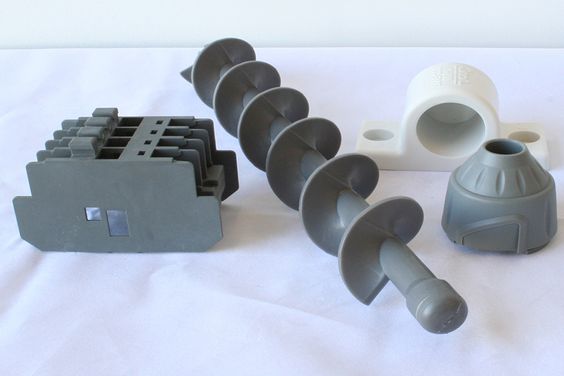Design and development are the initial phases of any manufacturing project. Most developers are challenged with poker faces and stiff reactions from their customers or the management team of their companies if they are not able to sell their concepts on a project at first sight. This is bad, but not the end of the world. Think for a moment how can the grinds keep turning if an investor doesn’t have a clear idea on how it functions the product they are about to place their money on.
Very few people place their own money front and center for an idea, that’s why the old fashioned courtship of investors is still working. But there is more money to expand on innovations than it has ever been in the history of humanity. You can even see it on TV as reality shows are made to discover the next big thing for a market of consumers that is very hungry for the next innovation. This is where 3D design and rapid prototype injection molding comes in.
As you can probably imagine 3D design and rapid prototype injection molding are one of the many development techniques that can get the attention of the people with money to invest in new tech. Investors are no longer sold on a great pitch. They also want to see a functional model of the product; some of them will go as far as to have these prototypes tested before committing even a single dime to these type of business ventures.
The technology to bring working prototypes to life and deliver a functional proof of concept is ripe and ready to deliver at every single turn. The following is a brief list of the benefits of using additive manufacturing techniques along with rapid prototyping injection molding.

prototyping injection molding, *picture from asenaproduction.com
· Original Proof of Concept
The use of 3D printers has given designers the means to bring their ideas to life from early phases of development to traditional visualization in a matter of days. This makes things easier for every party involved in the creation of a product. Everyone gets to partake on the motions regarding the understanding of the design. No one needs to visualize or create assumptions based on 3D models alone. Proof of concept also helps the development team to catch early any flaws on their designs and to incorporate the necessary changes before making a full presentation to their clients or managers. This will help secure approvals and commitments to get the product manufactured at quicker rates.
· It’s Easier to Handle Changes
Rapid prototype injection molding allows developers to make changes in the original design in an instant. Most of the times, these changes are related to technical flaws that are recognizable after a real model is created. The full design project can become an ongoing process, where new iterations improve the design. We have to remember that customer feedback must also be incorporated on the finished product. After all, we are aiming for high rates of satisfaction for our clients that will translate on competitive placements in the market we are working on.
· Arranged Designs
One of the most significant benefits of rapid prototype injection molding is the ability to customize products for individual requirements. Conventional manufacturing techniques don’t have this luxury, but additive manufacturing makes use of raw materials, and this makes things easier for the manufacturer since they can easily switch between the regular specs and the customized ones for a product without having to worry about the waste of materials. Since the cost of 3D printing is also minimal, it won’t cost extra to handle these changes.
· It’s Cheaper, and It Saves Time
3D printing and prototype injection molding have minimal setup costs, and they save a lot of money as well as time that can be used to create even more new molds. Since they work faster than conventional means, it also saves money on the use of special tools. These manufacturing techniques often are handled using a single software and specialized hardware that wastes no material and work on parameters of efficiency.
· You Will Get Less Design Flaws
With prototype injection molding, you can see the flaws in your design before approving mass production. Since the materials for 3D printing resemble the properties of the finished product, developers can test its performance as well as its durability without investing a single dime in manufacturing. This has been a strong selling point for these technologies since they save millions of dollars to companies, and it makes products more reliable to the consumer.
The use of prototype injection molding in the manufacturing process is here to stay, very few companies are able to go forward without it, and they are also a very in-demand service by many industries across the planet.
